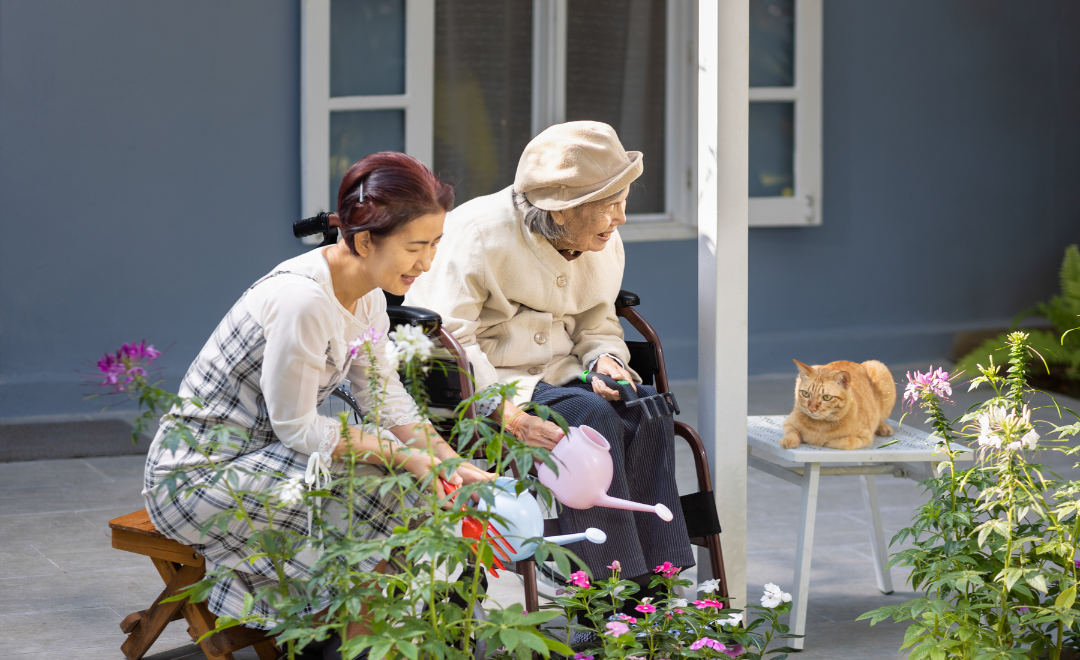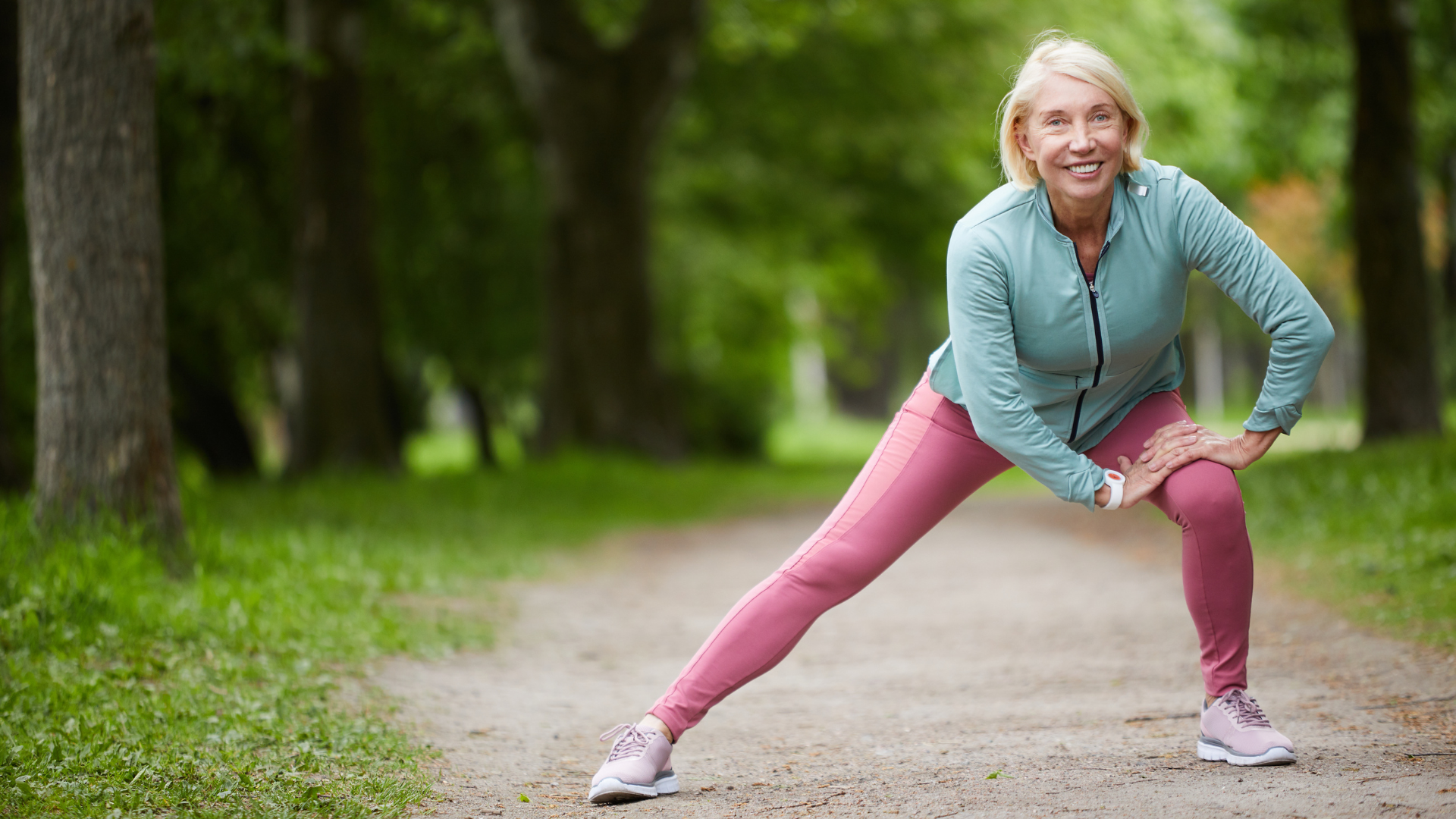Key Takeaways:
- Regular, specific exercises can help manage some effects of osteoporosis, improving bone health and overall well-being.
- Weight-bearing aerobic exercises, strength training, flexibility activities, and stability/balance exercises are all vital for seniors with osteoporosis to maintain bone density, improve balance, and reduce fracture risk.
- It's crucial for seniors, especially those with osteoporosis, to consult healthcare providers before beginning new exercises, wear appropriate footwear, and prioritize hydration and dietary needs.
steoporosis, commonly referred to as the "silent disease," gradually weakens bones, making them susceptible to fractures. Seniors, particularly postmenopausal women, are at a higher risk. While medications can help manage osteoporosis, specific exercises play a critical role in maintaining bone density and reducing fracture risk. This article will share types of exercises that are best suitable for seniors with osteoporosis.
What are the best exercises for Osteoporosis?
Disclaimer: This article's content is meant for informational uses. Do not consider it as medical counsel. Before modifying your exercise or treatment, always seek advice from a medical professional, especially if you have health conditions like osteoporosis. Your safety and wellness should always come first.

1. Weight-bearing Aerobic Exercises
For those struggling with osteoporosis, weight-bearing exercises are a lifeline. By pushing against gravity, they can slow down the loss of bone strength.
Here are some recommended activities:
- Walking and hiking: Ideal for a majority of seniors, a brisk walk or a hike can be immensely beneficial.
- Dancing: A delightful blend of fitness and social interaction. Ballroom or line dancing is especially favored.
- Climbing stairs: Integrate this simple activity into your daily routine, opting for stairs over elevators.
- Stair-step machines: Mimics stair climbing, but with the advantage of a controlled setting.
- Elliptical trainers: Provides the advantage of a cardiovascular workout without straining the joints.
- Gardening: Not only is it therapeutic but also a great way to engage your bones and muscles.

2. Strength Training Exercises
For osteoporosis patients, robust muscles are invaluable. Strength training improve muscle tone and bone density, forming a defense against osteoporosis.
Here are some recommended exercises:
- Lifting weights: Begin with manageable weights, emphasize repetition, and intensify the challenge as your strength improves.
- Elastic exercise bands: A great resistance tool without the heaviness of traditional weights.
- Bodyweight exercises: Exercises such as sit-ups, modified push-ups, and leg lifts are feasible at home without specialized equipment.
- Functional movements: Simple actions, like rising from a seated position without arm support, can be a daily strengthening routine.

3. Flexibility Exercises
For those with osteoporosis, flexibility is paramount. It guarantees that joints and muscles function smoothly, lessening the risk of injury.
Boost your flexibility with:
- Yoga: Opt for milder forms like Hatha or Iyengar yoga. Some poses might necessitate adjustments to be osteoporosis-friendly.
- Pilates: Concentrates on core strength and pliability. Enroll in sessions that cater specifically to seniors.
- Daily stretches: Incorporate basic stretching into your daily regime, ideally before and post any form of exercise.

4. Stability and Balance Exercises
Given the fragile nature of bones in osteoporosis patients, falls can be detrimental. Improving balance can help prevent falls and protect fragile bones.
Explore these exercises to improve balance:
- Tai Chi: Originating from China, Tai Chi augments balance, dexterity, and flexibility.
- Standing on one foot: An effective balance exercise. Use a sturdy chair for support if needed.
- Heel-to-toe walk: Emphasizes balance by walking in a line, placing one foot directly ahead of the other.
- Balance exercises on tools: Using tools like wobble boards or BOSU balls can be beneficial. Always start with support and increase difficulty over time.
Safety Tips for Seniors
- Medical consultations: Always have a discussion with your healthcare provider before embarking on any exercise journey, particularly if osteoporosis is a concern.
- Choose the right footwear: Footwear that provides strong support and has non-slip soles are ideal.
- Warm-up and cooling routines: These practices minimize injury risks.
- Stay well-hydrated: Regularly drink water during workouts, even if you don't feel thirsty.
- Dietary focus: A diet enriched with calcium and vitamin D is essential. If your regular diet falls short, consider supplements.
- Avoid pushing too hard: Always heed your body's signals. If something feels uncomfortable or painful, it's time to take a break.
For seniors grappling with osteoporosis, the journey involves medical care coupled with lifestyle tweaks. Physical activity remains central in managing, and at times, rolling back the impacts of osteoporosis. Embracing bone-strengthening exercises can revolutionize bone health and elevate the overall quality of life. With diligence and appropriate safety precautions, a fulfilling, active life is within reach for seniors, even amidst the challenges of osteoporosis.















.png)
